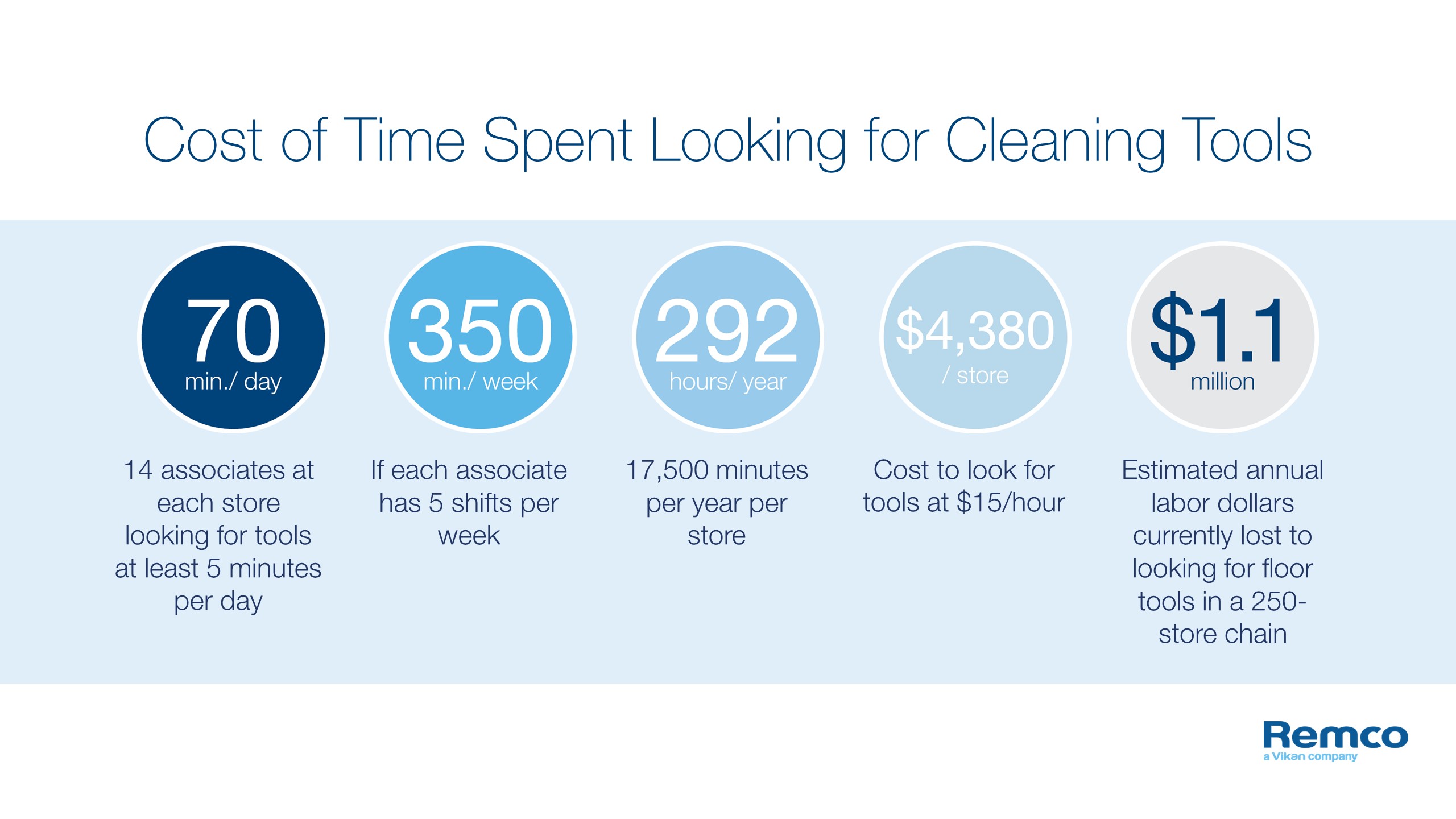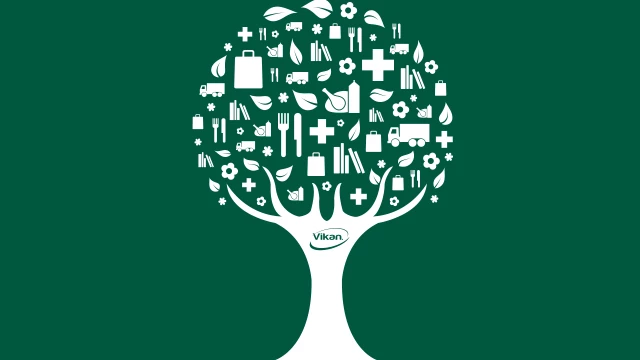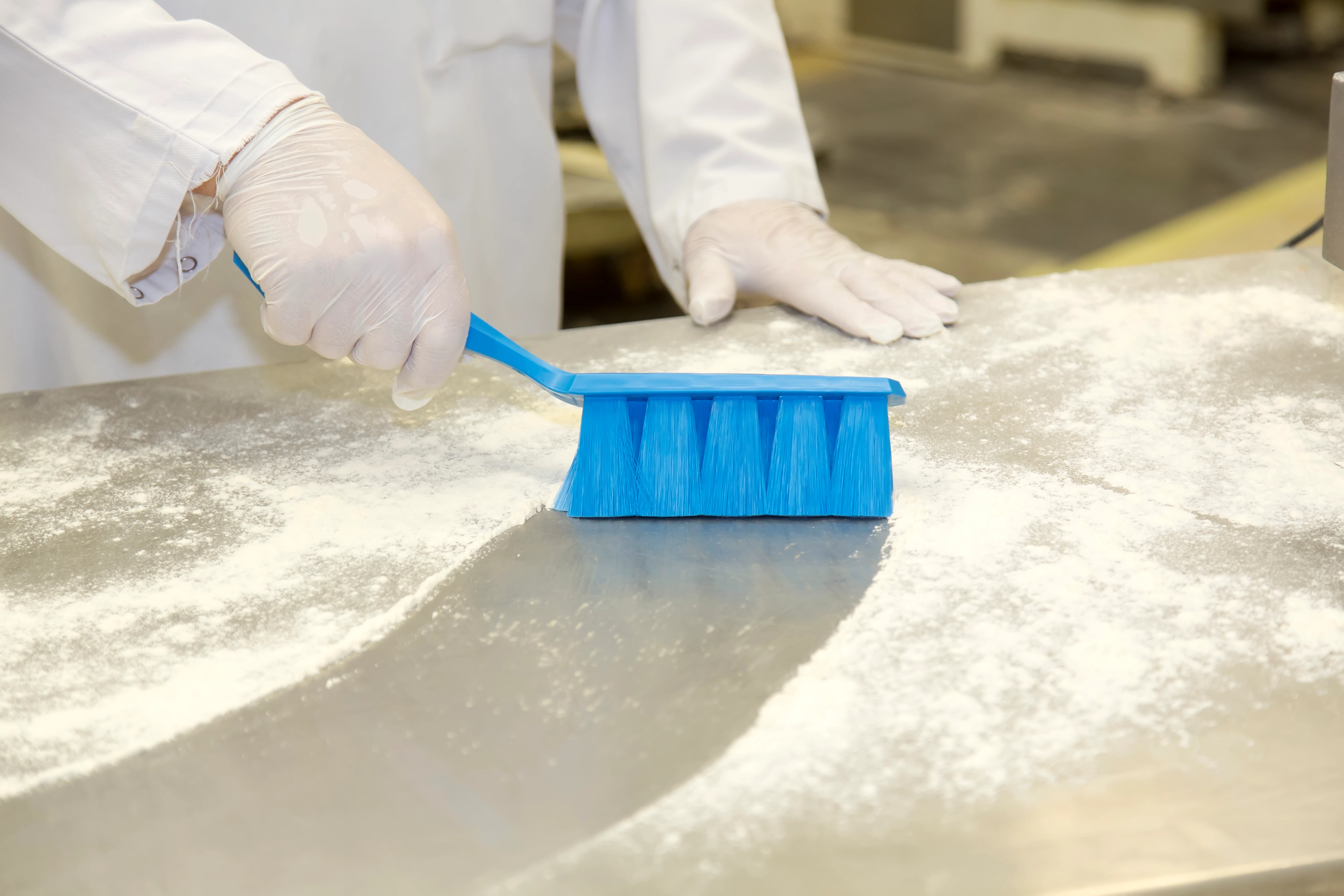During our “Food Safety @ the Last Mile: Food Safety and Sanitation Challenges and Solutions for Food Retail†presentation, three experts shared insights on the unique food hygiene and sanitation challenges faced in the retail sector.
Amit M. Kheradia and Tara Dryer from Remco, along with Alec Kyriakides, an independent food safety consultant (formerly head of technical operations at Sainsbury Supermarket in the UK), were asked numerous questions during the session. While we couldn’t answer all of them live, here are six that we found particularly insightful. Some have been edited for clarity and brevity.
1. What do you see as future trends in food retail, and how might they impact food safety?
One major trend is the growing ability to buy any food product, anytime, anywhere—mainly through online platforms. This shift has made it easier than ever for entrepreneurs to sell directly to consumers. For example, searching "food" on Facebook Marketplace shows just how many people are now offering homemade or small-batch products.
However, this rise in e-commerce brings new challenges. The regulatory bodies may struggle to keep up with ensuring these new delivery models are safe. It's essential to develop a forward-thinking approach to manage these emerging risks and protect public health.
Note from the Author
In the U.S., the FDA’s New Era of Smarter Food Safety initiative aims to create a safer, more traceable system using technology. One key element is modernizing business models and retail practices. Europe, however, hasn't seen similar regulatory efforts yet.
2. With services like Grubhub and Uber Eats, how can we ensure food safety during delivery?
The biggest concern is maintaining proper temperatures for TCS foods (Time/Temperature Controlled for Safety), such as ready-to-eat meals or raw meats. These foods must be kept above 135°F or below 41°F to prevent bacterial growth.
To minimize risks, ensure your delivery partner:
- Has effective temperature control measures
- Monitors these controls regularly
- Has a plan for handling violations
- Can provide proof of compliance
As a retailer, also check that their vehicles and containers are clean and secure to prevent contamination or tampering.
3. What equipment and maintenance should I prioritize in a storefront deli?
Deli areas are high-risk due to pathogens like Listeria. A common issue is poor cleaning of slicing equipment. Here are some recommendations:
- Use hygienically designed tools that are easy to clean
- Develop validated cleaning methods based on risk levels
- Clean slicers before use and every four hours
- Inspect equipment for damage, which can harbor bacteria
For more guidance, visit the Food Safety and Inspection Service or FMI resources on deli sanitation.
4. What’s the best way to handle cleaning tools in a grocery store?
High-quality, durable tools are crucial for both food and non-food areas. Poor tools can lead to contamination or increased costs over time.
For example:
- Use microfiber cloths instead of regular dusters to avoid spreading dust
- Avoid reusing dirty mop water—use a flat mopping system instead
- Single-use wipes help reduce cross-contamination but may not be the most sustainable choice
Proper tool management ensures cleanliness and reduces long-term costs.
5. How can color coding work with high employee turnover?
Color coding simplifies training. Keep it simple, use full-color tools, and train employees consistently. For instance, red tools in the deli and green in the bakery make it easy to follow.
Remco offers support for color-coded systems. Contact Tara Dryer for more details.
6. How important is tool management in retail stores?
A large chain saved $1.1 million annually by implementing a color-coded tool program. Easy access to tools saves time and money, and improves overall hygiene.
Remember, the benefits go beyond cost savings—tool management supports food safety and staff efficiency.
Disclaimer: The answers provided are professional opinions and not endorsements of specific products or services. Always conduct your own risk assessments and develop your own safety plans.
Contact us for more information:
- Alec Kyriakides – alec@consultant.com
- Amit M. Kheradia – amit@remco.com
- Tara Dryer – tara@remco.com

The time and cost savings calculations were based on a large retail chain with 250 stores. Implementing a tool management system can significantly improve productivity and hygiene across your locations.
Tool management isn’t just about saving time—it’s about creating a safer, more efficient environment for your team and customers.
For further assistance, reach out to Tara Dryer at remco.com.
Recent blog posts

Building a sustainable business
Becoming more green in an industry that requires virgin, non-recycled plastic is not a simple task. However, that does not mean that Vikan isn’t rising to the challenge.

Selected Questions from our High-Risk Food Production Webinar Answered by Hygiene Experts
During our “Hygiene in High-Risk Food Production: Keep it Clean and Chill†webinar, Deb Smith from Vikan and David Buckley from Diversey discussed the key food hygiene and sanitation challenges and...
The Use of Sponges and Scourers for Cleaning
A question we get asked a LOT about is the use of sponges and scourers for cleaning and, like most things in the food industry, the answer should be based on risk assessment.
Vegetable Mill,Food Mill,Potato Cutter,Potato Fry Cutter
Xiongyang Household Co., Ltd , https://www.yjkitchen-manage.com